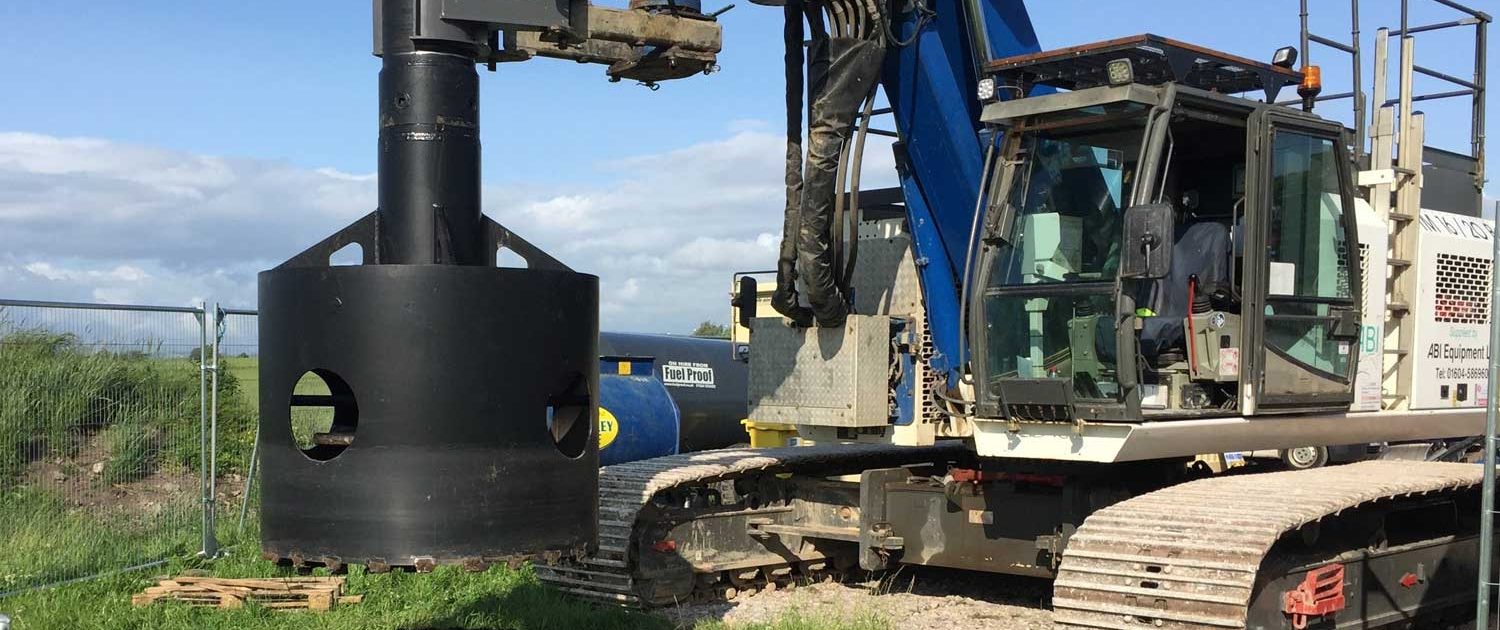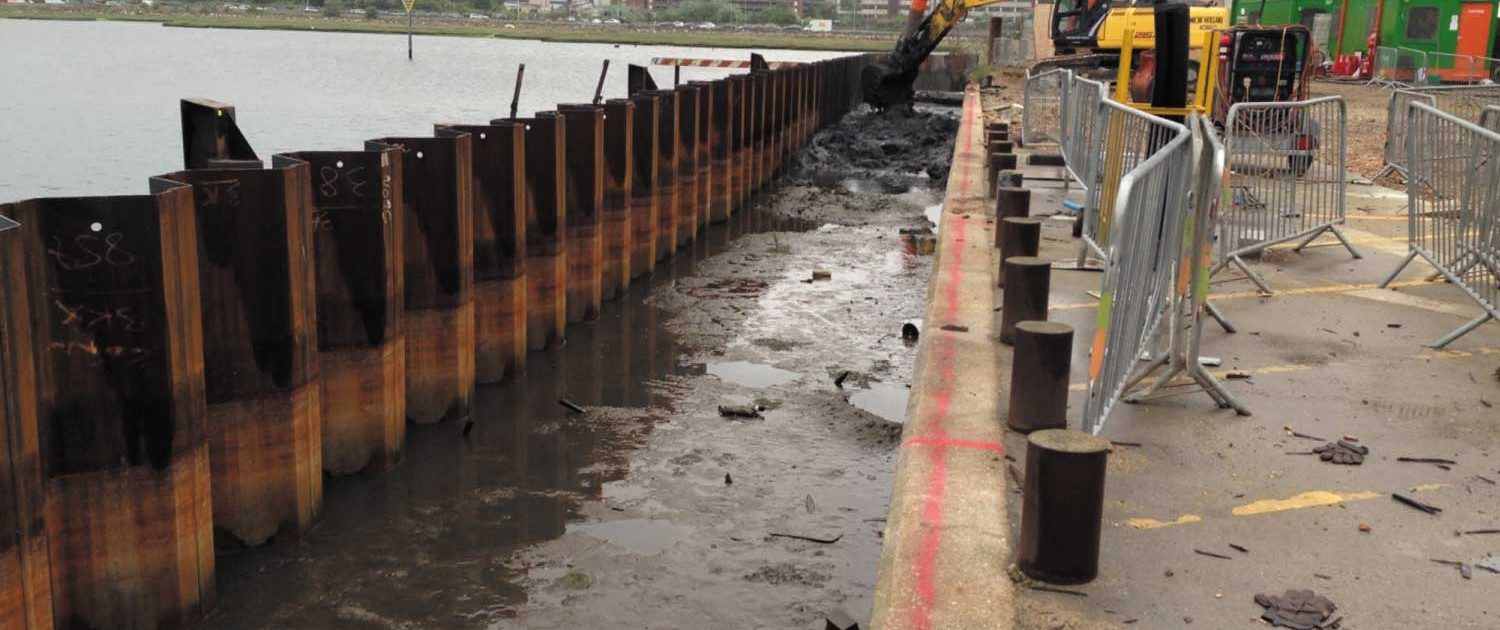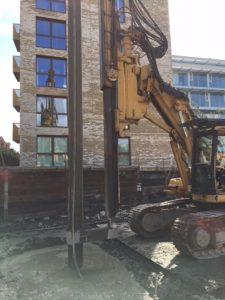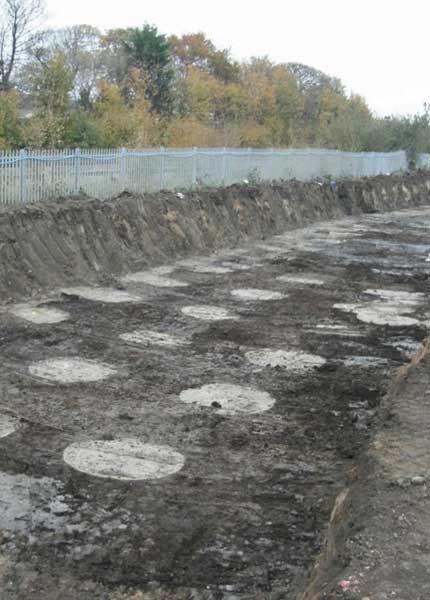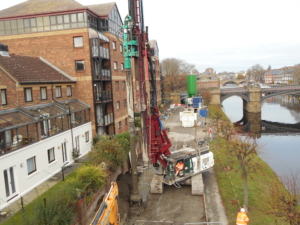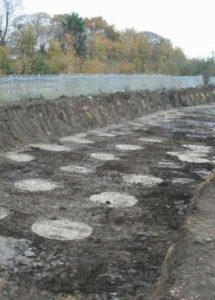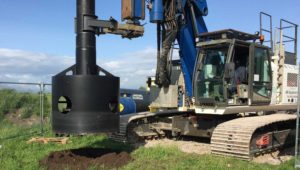Environmentally Friendly and Economical Soil Stabilisation Solutions
When soil conditions are suitable, soil mixing solutions are more eco friendly and economical than other ground improvement methods. By using the existing soil as aggregates, natural resources are spared. As the necessary transport to and from the site is reduced due to low demand for raw materials and the low amount of drilling spoil, emissions can be diminished and adjacent owners are spared from these inconveniences.
Flexible
The technique also offers flexibility in design and application. Soil mixed columns can be arranged in block, wall, or cell patterns to serve various needs, on land or offshore and large diameter soil columns can be constructed. A further advantage is that the construction process for the installation of the soil mix column is not affected by the weather.
Reduced Vibration
Deep soil mixing induces very low vibrations, which reduces the potential impact to nearby utilities.
Settlement Control
Even a good site investigation shows only a small slice from the overall area and assumptions have to be made regarding the vast majority of the site. The advantage of soil mixing is that it aims to transform the various different soil properties into a consistent and uniform material providing dependable properties that can be used in the design with confidence. Well executed field work will ensure that the soils have been mixed with the correct binder quantities and sufficient agitation to achieve homogeneous mixing.
More environmentally friendly economical, flexible and adaptable than most other ground improvement methods

